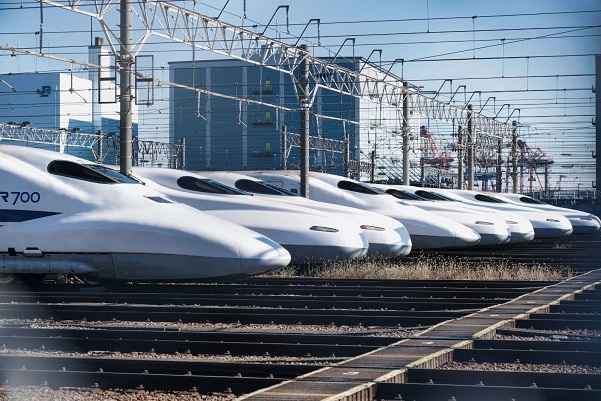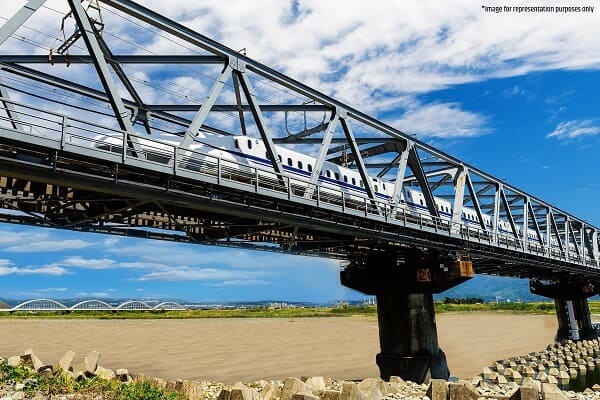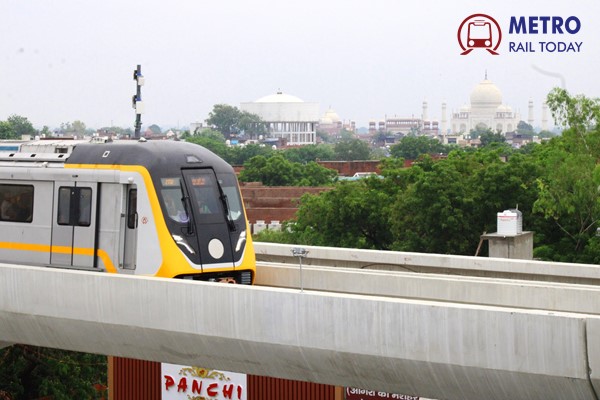 TBM Shivaji achieves tunnel breakthrough at RBS College for Agra Metro Rail Project
TBM Shivaji achieves tunnel breakthrough at RBS College for Agra Metro Rail Project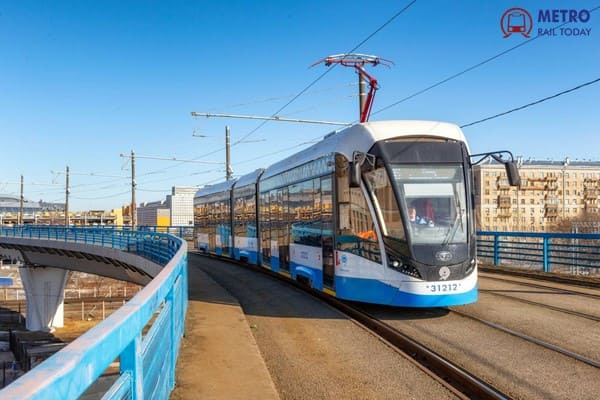 Siemens awarded Eleven-Year Contract worth £44.7mn for Edinburgh Trams Maintenance
Siemens awarded Eleven-Year Contract worth £44.7mn for Edinburgh Trams Maintenance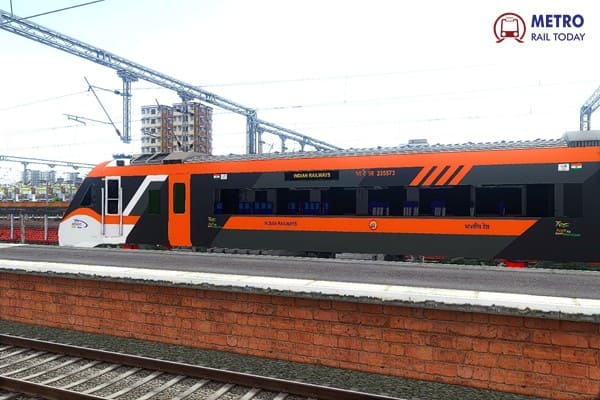 Jindal Stainless supplies stainless steel to India's first Vande Metro train
Jindal Stainless supplies stainless steel to India's first Vande Metro train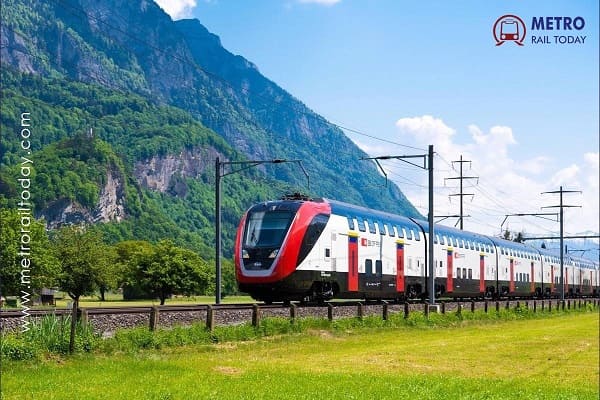 Bengaluru Suburban Rail Project gets ₹2,693 crores boost from European Investment Bank (EIB)
Bengaluru Suburban Rail Project gets ₹2,693 crores boost from European Investment Bank (EIB)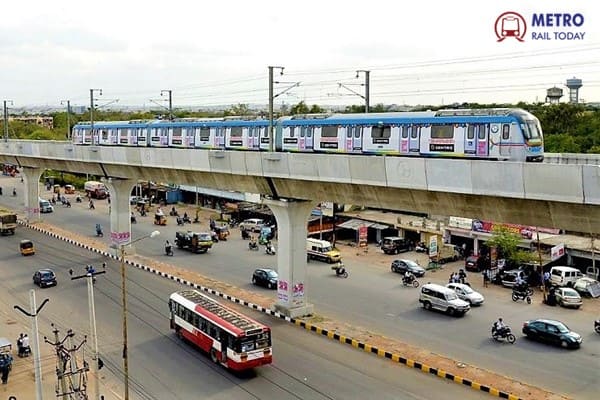 L&T plans to exit from Hyderabad Metro Rail project after FY2025-26
L&T plans to exit from Hyderabad Metro Rail project after FY2025-26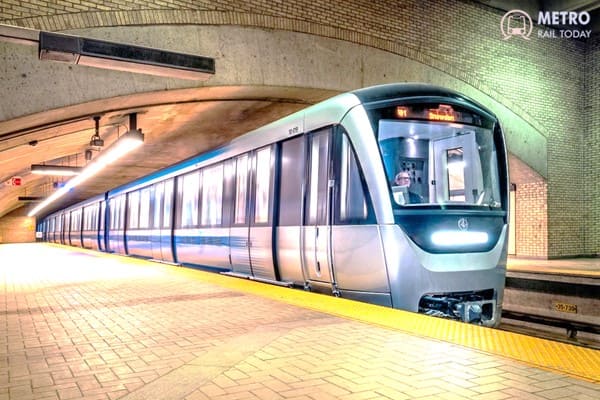 Trial run commences on Egypt’s Cairo Metro Line 3
Trial run commences on Egypt’s Cairo Metro Line 3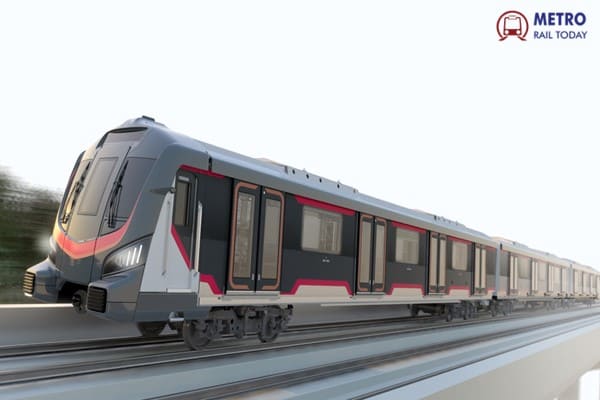 Siemens unveils plan to set up Metro train manufacturing facility in Maharashtra
Siemens unveils plan to set up Metro train manufacturing facility in Maharashtra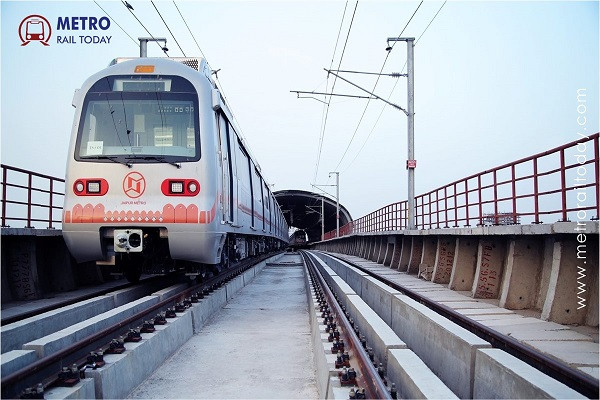 Afcons Infrastructure commences construction works for Jaipur Metro Phase 1C
Afcons Infrastructure commences construction works for Jaipur Metro Phase 1C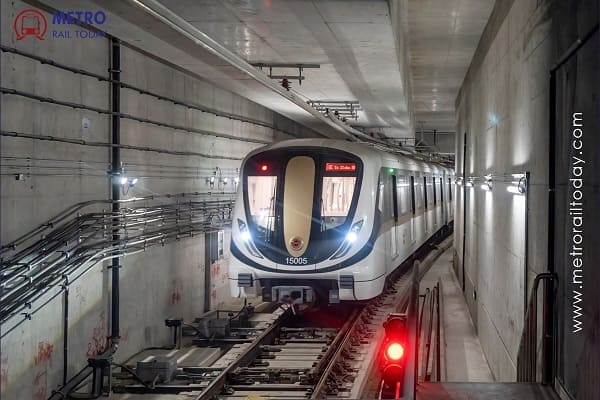 TBM Buddha recorded first tunnel breakthrough for Patna Metro Corridor 2
TBM Buddha recorded first tunnel breakthrough for Patna Metro Corridor 2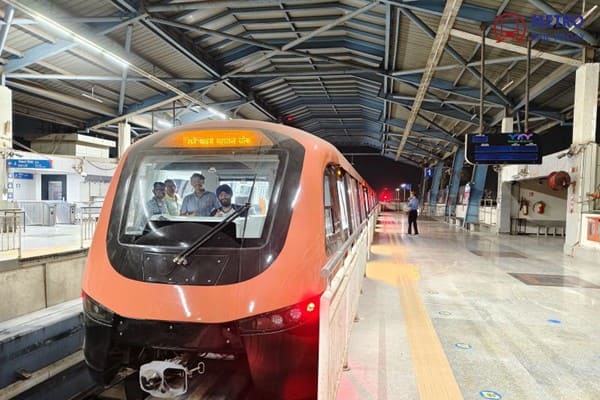 Medha-SMH Rail JV started testing of new Rolling Stock of Mumbai Monorail
Medha-SMH Rail JV started testing of new Rolling Stock of Mumbai Monorail
Revolutionizing Rail Construction: Inside India's Cutting-Edge Bullet Train Project
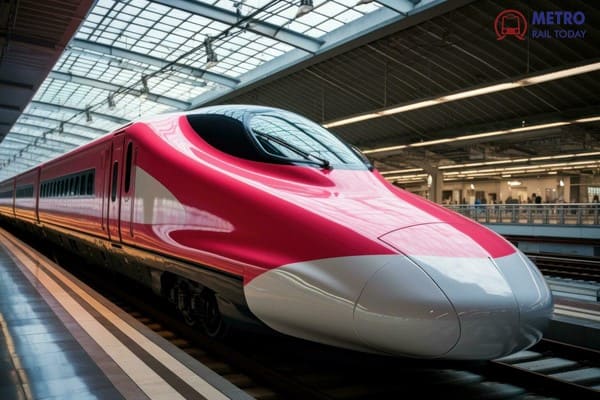
In a monumental leap forward for Indian transportation infrastructure, the Mumbai-Ahmedabad Bullet Train project is rewriting the playbook on high-speed rail with its innovative approach to track installation. Breaking new ground, the project introduces the J-Slab track system, a hallmark of Japan's renowned Shinkansen technology, marking its debut in the Indian subcontinent.
Covering a sprawling 352 kilometers across Gujarat and DNH, the project demands a staggering 704 kilometers of track to be meticulously laid on viaducts, alongside the establishment of two state-of-the-art Bullet Train depots in Sabarmati and Surat. What sets this endeavor apart is its relentless pursuit of mechanization, leveraging cutting-edge machinery designed and manufactured to Japanese specifications, and now proudly produced in India under the Make-in-India (MII) policy.
Progress on the track laying front in Gujarat is nothing short of remarkable, with over 35,000 metric tons of rails already delivered to key locations like Surat and Vadodara. Spearheading this effort are specialized machines tailored for each facet of construction, from the rail feeder car to the track slab laying car and the pivotal flash butt welding machine.
At the heart of the operation lies the Flash Butt Welding Machine (FBWM), a technological marvel responsible for seamlessly welding 25-meter-long, 60-kilogram rails into 200-meter-long panels, ensuring the integrity required for high-speed travel at 320 kilometers per hour. With three FBWMs already procured and stringent quality control measures in place, the stage is set for rail welding of unparalleled precision.
The Track Slab Laying Car (SLC) takes center stage in the installation process, effortlessly maneuvering precast track slabs onto the viaducts with precision. Capable of transporting five slabs at a time, the SLC streamlines the laying process, while the Rail Feeder Car (RFC) works in tandem to feed and lay rail panels over the reinforced concrete bed, facilitating the initial track setup with four RFCs currently in operation.
Ensuring the structural integrity and alignment of the track is the Cement Asphalt Mortar Injection Car (CAM Car), a critical component in the final stages of construction. Tasked with injecting CAM mix beneath the slabs to achieve optimal line and level, the CAM Car's meticulous approach guarantees the smooth operation of India's first-ever bullet train corridor.
As the project races toward completion, it not only signifies a paradigm shift in India's rail infrastructure but also underscores the nation's capability to embrace and excel in cutting-edge technology. With the Mumbai-Ahmedabad Bullet Train project, India embarks on a transformative journey towards a future where innovation and ambition converge to redefine the possibilities of modern transportation.





